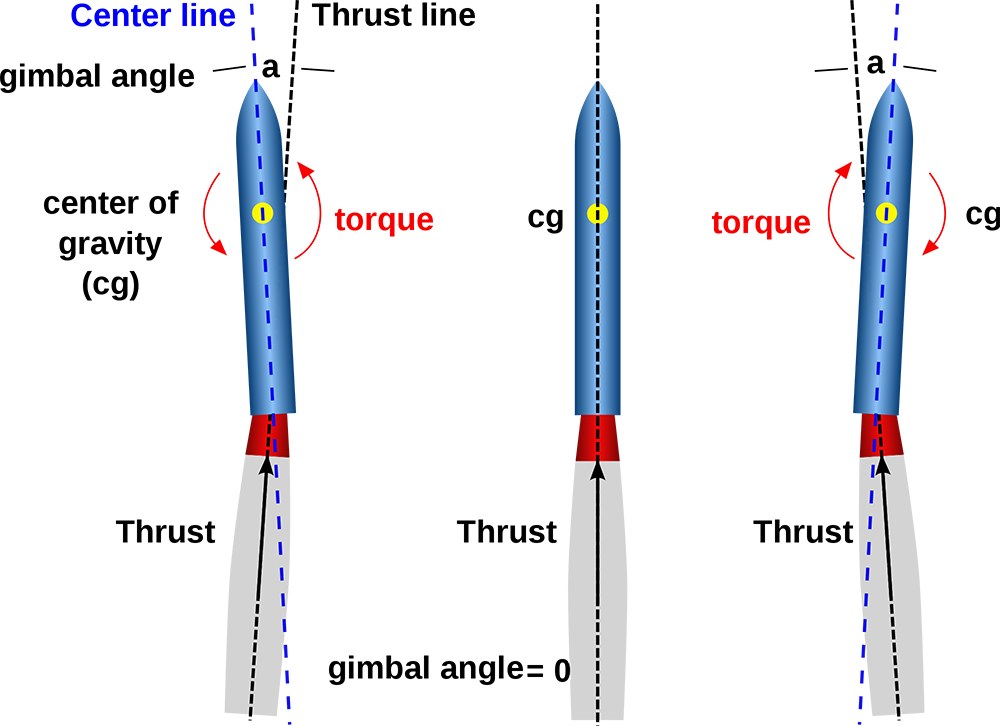NASA has tested a HiDyRS-X camcorder with an unusually high dynamic range

Shooting of tests of the Space Launch System accelerator by a usual high-speed video camera.

Shooting by the HiDyRS-X video camera.
On June 28, 2016, NASA's general contractor, Orbital ATK, at the test site in Promontori, Utah, conducted a second and final test of the launch accelerator of the future Space Launch System (SLS), the largest solid-fuel accelerator currently existing. Everything went well, so the first test flight of the SLS rocket will take place at the end of 2018. Then, two five-segment accelerators and four main RS-25 engines will be part of the largest SLS rocket that NASA plans to use for the most important manned missions, including the delivery of the Orion spacecraft with the crew to Mars.
Accelerator tests filmed many high-speed video cameras installed around. Among them was one unusual instance: High Dynamic Range Stereo X (HiDyRS-X) - a revolutionary high-speed video camera with a high dynamic range that captured streams of flame from an accelerator in unprecedented detail.
The project HiDyRS-X launched directly to solve the problem of shooting rocket tests, writes NASA. The flame of the burned fuel is so bright that it is almost impossible to remove its parts normally without drastically lowering the exposure parameters. But in this case, other details are completely obscured, including important components of the accelerator design.
A unique feature of the HiDyRS-X camcorder is that it records video in several exposure settings at the same time. These images are combined to produce a perfectly combined image with an increased dynamic range.
The camera check turned out to be more than successful, especially when the recording was launched in an accelerated mode. At an accelerated shooting in one frame, scientists managed to see the exhaust jet and the nozzle oscillations from side to side (gimbaling patterns). Such vibrations are regular, but they usually cannot be seen in slow motion or playback at normal speed.

Nozzle oscillations
Now the developer is constructing a second, more advanced prototype HiDyRS-X with an even higher dynamic range.
Interestingly, the HiDyRS-X project is handled by an engineer from the Space Center Stennis, who received a grant from the Early Career Initiative (ECI) to implement his idea in 2015 - and now he successfully brought the amateur project to a working prototype.
